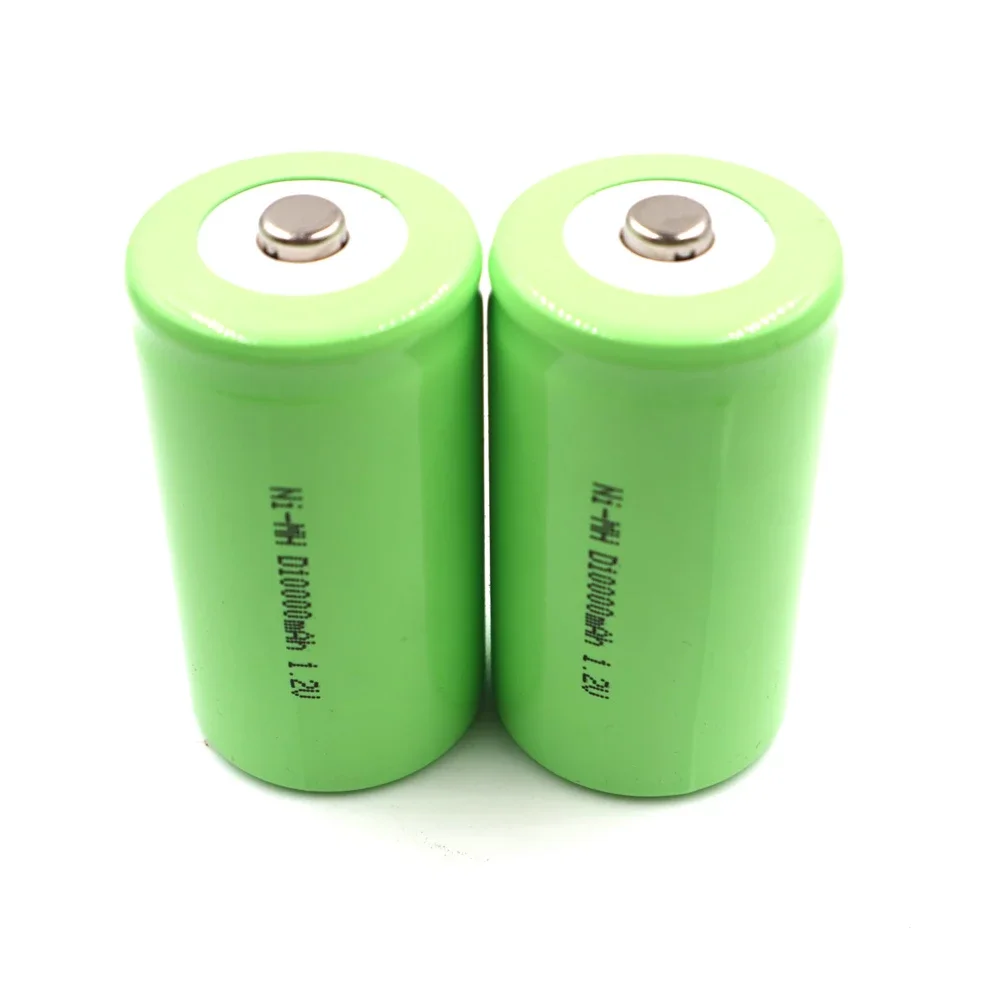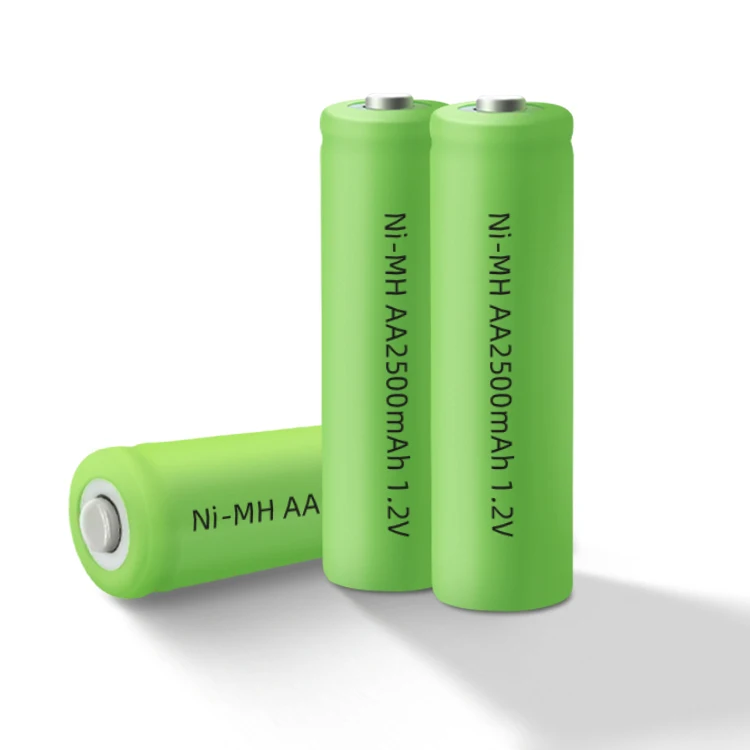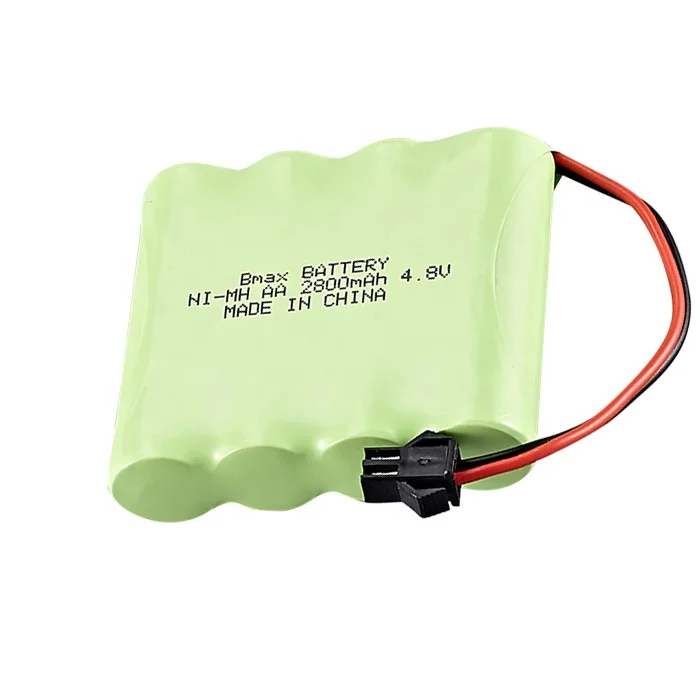Introduction:
In the world of rechargeable batteries, nickel-metal hydride (NiMH) and nickel-cadmium (NiCd) batteries have long been popular choices for powering a wide range of devices. However, each battery chemistry has its own unique characteristics, advantages, and limitations. In this comprehensive guide, we’ll explore the key differences between NiMH and NiCd batteries, compare their performance, safety, environmental impact, and practical applications, and help you decide which is the better choice for your specific needs.
Understanding NiMH and NiCd Battery Chemistry:
Before diving into the comparison, let’s briefly review the basic principles of NiMH and NiCd battery chemistry:
- Nickel-Metal Hydride (NiMH) Batteries: NiMH batteries use a nickel oxyhydroxide positive electrode, a hydrogen-absorbing negative electrode (metal hydride), and an alkaline electrolyte (potassium hydroxide). NiMH batteries offer higher energy density, improved environmental friendliness (no toxic cadmium), and reduced risk of memory effect compared to NiCd batteries.
- Nickel-Cadmium (NiCd) Batteries: NiCd batteries consist of a nickel oxyhydroxide positive electrode, a cadmium negative electrode, and an alkaline electrolyte (potassium hydroxide). NiCd batteries have lower energy density, higher self-discharge rate, and are prone to memory effect if not properly maintained. However, they offer better performance in extreme temperatures and higher discharge rates compared to NiMH batteries.
Now, let’s delve into the comparison between NiMH and NiCd batteries across various parameters:
- Performance:
- Energy Density: NiMH batteries generally have higher energy density compared to NiCd batteries, meaning they can store more energy per unit volume or weight. This makes NiMH batteries more suitable for applications where space and weight are critical factors.
- Self-Discharge Rate: NiCd batteries have a lower self-discharge rate compared to NiMH batteries, meaning they retain their charge for longer periods when not in use. This makes NiCd batteries better suited for applications that require long-term storage or infrequent use.
- Memory Effect: NiMH batteries are less susceptible to memory effect compared to NiCd batteries. Memory effect occurs when a battery’s capacity decreases due to repeated shallow discharges and partial recharges. NiMH batteries exhibit minimal memory effect, allowing for more flexible charging practices.
- Cycle Life: NiMH batteries typically have a higher cycle life compared to NiCd batteries, meaning they can withstand more charge and discharge cycles before experiencing significant capacity degradation. This makes NiMH batteries a more durable and long-lasting option for many applications.
- Safety:
- Toxicity: NiCd batteries contain toxic cadmium, which poses environmental and health hazards if not properly disposed of. In contrast, NiMH batteries are more environmentally friendly, as they do not contain toxic heavy metals such as cadmium.
- Overcharging: NiCd batteries are more tolerant of overcharging compared to NiMH batteries. Overcharging NiMH batteries can lead to electrolyte decomposition, gas evolution, and electrode degradation, whereas NiCd batteries can withstand overcharging to a greater extent without significant damage.
- Environmental Impact:
- Recyclability: Both NiMH and NiCd batteries are recyclable, but NiMH batteries are generally easier to recycle and have a lower environmental impact. NiMH batteries do not contain toxic cadmium, making them safer and more environmentally friendly to dispose of.
- Regulatory Restrictions: Due to environmental concerns, many countries have imposed restrictions or bans on the use of NiCd batteries in certain applications. NiMH batteries are often preferred over NiCd batteries in these regions due to their lower environmental impact and regulatory compliance.
Practical Applications:
The choice between NiMH and NiCd batteries depends on the specific requirements and constraints of the application:
- Consumer Electronics: NiMH batteries are commonly used in consumer electronics such as digital cameras, handheld devices, and portable power tools due to their higher energy density, lower self-discharge rate, and minimal memory effect.
- Emergency Lighting: NiCd batteries are often used in emergency lighting systems, exit signs, and backup power supplies due to their lower self-discharge rate and better performance in high-temperature environments.
- Remote Control Toys: NiMH batteries are preferred for remote control toys and hobbyist applications due to their higher energy density and lower self-discharge rate, allowing for longer run times and less frequent recharging.
- Medical Devices: NiCd batteries are still used in some medical devices such as portable defibrillators and patient monitors due to their reliability, durability, and ability to withstand high discharge rates.
Conclusion:
In conclusion, the choice between NiMH and NiCd batteries depends on various factors, including performance requirements, safety considerations, environmental impact, and practical applications. While NiMH batteries offer higher energy density, lower environmental impact, and minimal memory effect, NiCd batteries have lower self-discharge rates, better performance in extreme temperatures, and higher tolerance to overcharging.
Ultimately, the best choice between NiMH and NiCd batteries depends on the specific needs and constraints of the application. By understanding the differences and trade-offs between these battery chemistries, users can make informed decisions and select the most suitable option for their requirements.
Whether powering consumer electronics, emergency lighting, remote control toys, or medical devices, NiMH and NiCd batteries continue to play essential roles in various applications, providing reliable and efficient power sources for everyday use.


